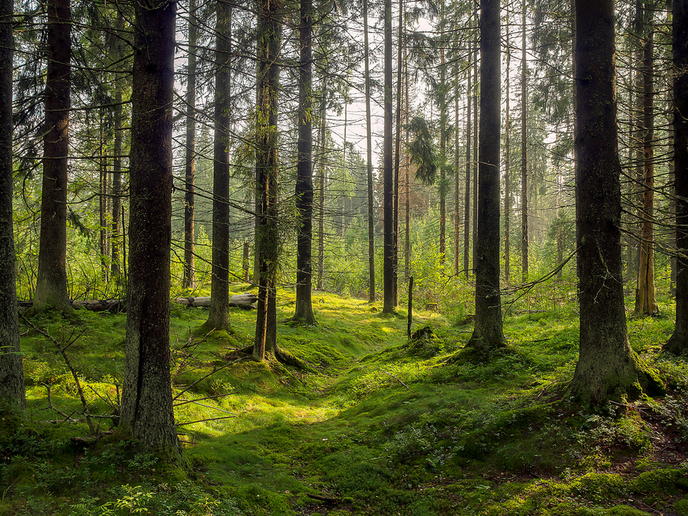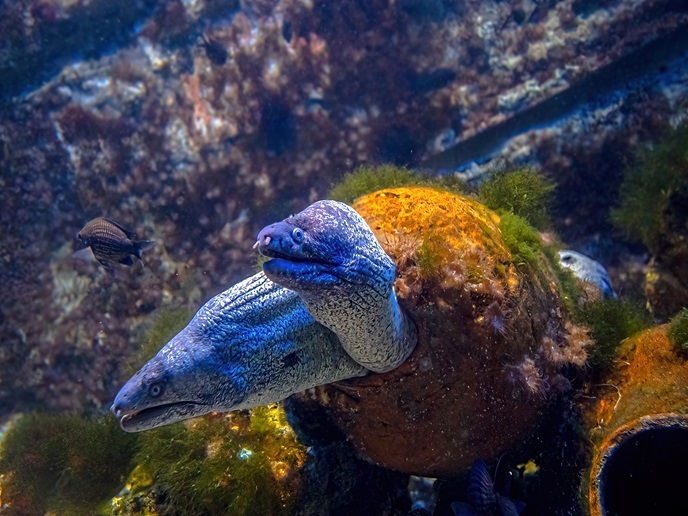Searching for effective biological control enemies for the Giant hogweed
The Giant hogweed has been introduced to Europe in the 19th century and since then its spread has gradually changed from slow to invasive. Particularly during the past 30-60 years, an exponential rate of growth in its spread has been noticed and it is expected that this will continue within the next decades. Due to its suppressive nature that ultimately may cause displacement or eradication of native herbaceous species, this plant is a potential threat for the biological diversity in the colonised areas. Additionally, extensive dense stands of the Giant hogweed can cause high risk of erosion of slopes and river banks since no protective grasses or other species are left to support river bank stability. To answer these needs, the GIANT_ALIEN project focused on developing an effective control strategy to be applied in Europe for reducing the probability of the plant species for further spreading. In line with European policies for reduction in the use of chemical herbicides, researchers also considered classical biological control practices in the sustainable control strategies. More specifically, information on the impact of natural enemies on the population biology of H mantegazzianum within its native range was collected. Two types of herbivores were sought, namely external feeders and endophagous insects. It was found that mature Giant hogweed plants are quite resistant to herbivory through various defence mechanisms. These involve chemical pathways by furanocoumarins, mechanical routes by trichomes, and ants that a highly attracted on a reciprocal basis. It was shown that these defence mechanisms would be difficult to overcome and the selection of no promising candidate for a biological control program could be detected. Yet, this information provides a better insight on the plant's natural enemies and two new species were detected, a depressariid moth and an agromyzid fly, whose descriptions are under publication.







